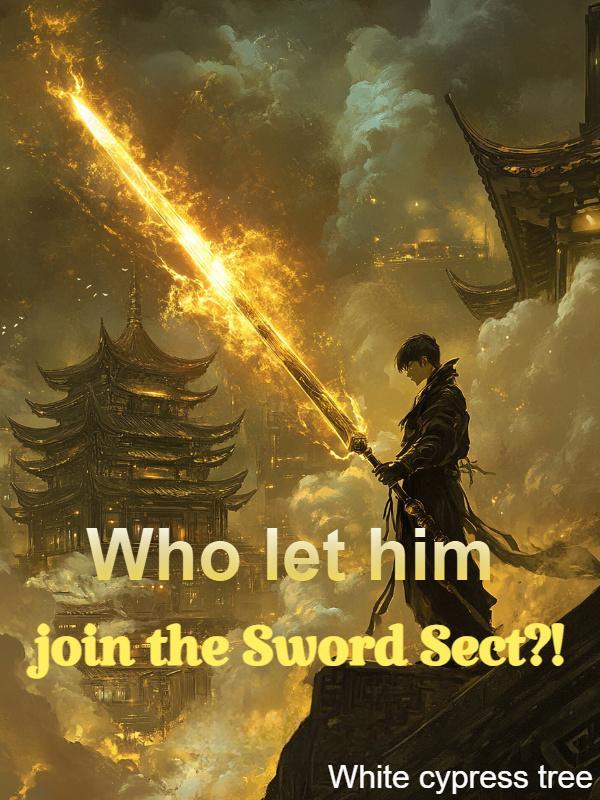©WebNovelPub
Building a Conglomerate in Another World-Chapter 301: August Winds and Horizon
August 15, 1899 — Busan, Korean Empire
The salt air of Busan Harbor was thick with the scent of coal, brine, and something newer—oil. Dockworkers shouted instructions in Korean and Japanese as cargo from newly arrived freight trains was loaded onto steamships bound for Osaka and Nagasaki. The freshly completed terminal, clad in white limestone and polished iron, gleamed beneath the afternoon sun.
Above the commotion, from the second floor of the stationmaster's office, Minister Hojin Park of Korea's Ministry of Industry looked over the growing port through a window streaked with soot and seagull droppings. At his side stood Daniel Reaves of Hesh Corporation, reviewing a sheaf of documents marked "Busan Terminal Integration Plan: Phase Two."
"This port," Reaves said, adjusting his spectacles, "is going to be one of the top five trade hubs in all of Asia by 1905."
Park gave a half-nod. "As long as war doesn't return."
Reaves glanced at him. "That's what we're trying to avoid. Steel doesn't just build bridges—it builds peace."
Park folded his arms. "We'll see if that's true when power changes hands. No ruler, no republic lasts forever. But if these rails outlive politics… maybe there's hope."
Reaves gave a small smile. "Rails don't care who gives the orders. They carry what's given to them. And right now, they're carrying the future."
August 20, 1899 — Osaka, Japan
The recently renovated Osaka Trade Expo opened its gates with banners that read "Progress, Peace, Partnership." Pavilions from China, Korea, Amerathia, and even the Kingdom of Siam displayed machinery, textiles, and communication technologies. For the first time, the exhibits focused not on military might—but on what came after it.
General Okada, now semi-retired and serving as Japan's trade envoy, toured the expo alongside university officials and foreign diplomats. At the central plaza, a full-scale model of the East Asia Railway system stood under glass, complete with pulsing red lights to show live traffic between cities.
"It's a map of what we chose to build instead of destroy," Okada said to a group of schoolchildren clustered around the display.
A curious boy in a sailor uniform asked, "Will the railway go to America one day?"
Okada chuckled. "Not quite. But thanks to it, you might visit Shanghai or Seoul, then sail to San Francisco faster than any merchant ever dreamed."
The child's eyes widened. "That's faster than a battleship!"
"Indeed," Okada said. "And far more valuable."
August 23, 1899 — Beijing, China
The Forbidden City was quiet under the morning sun as Minister Zhang Mingyuan met with Empress Dowager Cixi in the western garden. The Empress, dressed in a muted robe of silver and indigo, sipped her tea slowly while listening to Zhang read the latest rail progress reports.
"The Dalian extension will be completed by December," Zhang said. "We are also finalizing the inland customs regulation treaty with Korea. There is, however, some resistance from the old guard. They say we rely too heavily on foreign designs."
The Empress did not look up. "And yet their horses cannot outrun a locomotive."
Zhang allowed himself a brief smile. "They fear change."
"They always do," she replied. "And yet it comes. Let the old generals protest. It is the merchants who shape the future now."
She stood slowly, placing her cup down. "Tell the young engineers this railway is their wall—stronger than stone, more lasting than cannons."
August 26, 1899 — Incheon, Korean Empire
At a sprawling switchyard on the outskirts of Incheon, Amerathian engineers met with Korean military logistics officers to plan the integration of railway supply lines with sea routes. Captain Edward Harris, now operating as a civilian logistics consultant, stood at the heart of it.
A young Korean lieutenant approached him with a puzzled expression. "Captain—uh, Mr. Harris… these plans, they link the barracks and schools with freight lines. Isn't that inefficient for military transport?"
Harris smiled and pointed to a map. "This yard isn't for war anymore. It's for rebuilding. You want rice to get to villages, textbooks to schools, steel to new cities. You'll need trains more than tanks now."
The lieutenant nodded slowly. "It's strange, sir. We were trained to shoot first. Now we're trained to deliver."
"Sometimes delivery wins wars before they start," Harris said.
August 30, 1899 — Geneva, Swiss Confederation
At the International Economic Forum, representatives from Amerathia, the Chinese Empire, Korea, Japan, and several European powers gathered to discuss the "East Asia Model." For the first time in postwar history, railways—not treaties—were the centerpiece.
President Matthew Hesh addressed the delegates in a polished yet subdued speech.
"The peace in East Asia was not written only in ink, but in steel," he began. "By connecting cities, we've begun to disconnect fear. Trade moves faster than armies. Ideas travel farther than borders. And what we once spent on destruction, we now invest in construction."
He concluded, "This model isn't perfect. But it's proof—proof that cooperation can outlast the grudges of war."
The hall rose to its feet in applause.
September 2, 1899 — Amerathia Naval Academy, Annapolis
Matthew Hesh visited the Naval Academy to deliver a guest lecture to cadets. Though retired from active service, he remained a towering figure in the minds of young officers.
One cadet asked bluntly, "Sir, what happens if war breaks out again? Will the railway survive?"
Matthew paused thoughtfully. "It depends on who you become," he replied. "Every plank, every bolt, every crossing you defend with diplomacy is one you don't have to defend with bullets."
He leaned forward. "You may command warships one day. But your real mission is to preserve the peace they sail in."
September 5, 1899 — Pyongyang, Northern Korea
At the Pyongyang Polytechnic Institute, the first class of engineering students gathered beneath a wide auditorium dome. They were young, sharp, and hungry for knowledge. Their textbooks had arrived weeks earlier—delivered, of course, by rail.
Professor Han Yu, once a refugee during the war, addressed the class.
"You were born in ruins," he said. "But you will build towers. You will raise bridges. You will lay tracks that touch places once only reached by soldiers."
He paused, letting the silence settle. "You are not here to rebuild what was. You are here to build what will be."
September 10, 1899 — Washington, D.C., Hesh Residence
Matthew sat with Arthur and Sophia on the living room floor, helping them assemble a toy train set.
"Papa," Arthur asked, setting a car on the track, "does this train go to China?"
"Only if you build the track," Matthew replied with a grin.
Amber watched from the armchair, smiling as the children raced their trains around the room.
Matthew looked up at her, voice soft. "They'll never know what it meant to lose a city. Or run from fire. Just what it means to ride."
Amber nodded. "That's the point, isn't it?"
Matthew exhaled slowly, watching Arthur pull his train over a makeshift bridge of books.
"Yes," he said. "That's the point."







